Mangrove forests at serious risk of disappearing, loss of species
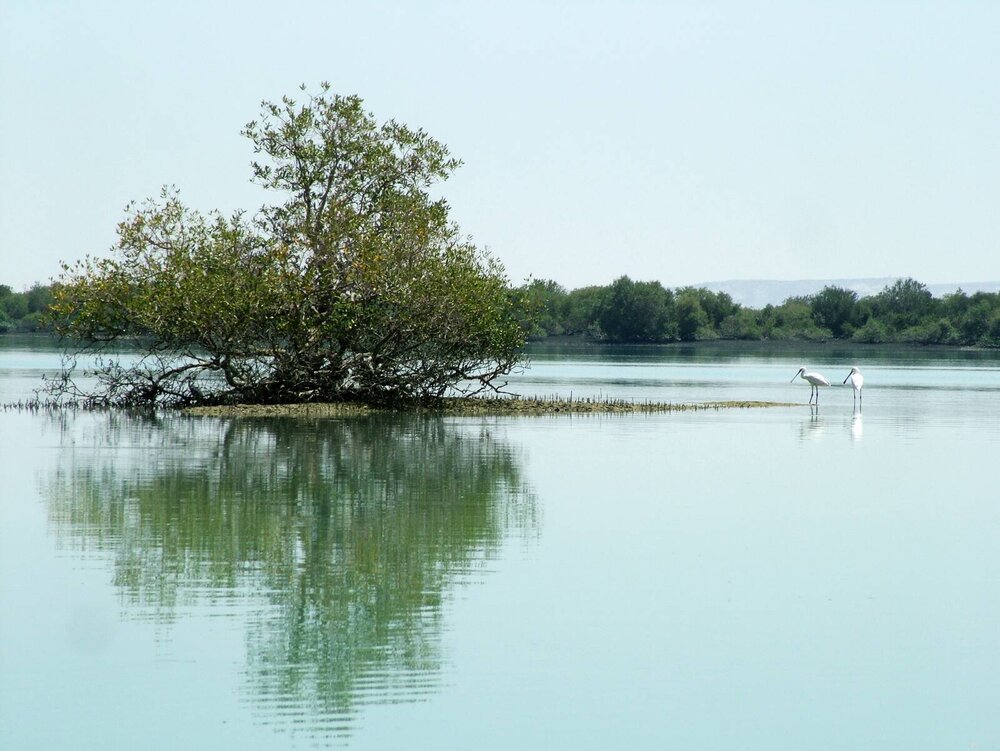
IRAN – Mangroves are ecosystems that are unique in terms of biodiversity and high production rates with ecological and socio-economic value. These forests, with atmospheric carbon stabilization, play an important role in controlling global climate change. In this way, the destruction of mangroves liberates a significant amount of carbon storage, which can worsen global warming and other effects of climate change. Iranian mangrove forests occur in the north part of the Persian Gulf and Oman Sea. The areas of Iranian mangrove forests are almost 10,700 hectares which a maximum area of 67.5 km between Khamir Port and northwest of Qeshm Island, and a minimum area of 0.01 km in Bardestan estuary. Only two species of mangrove include Avicennia marina from Avicenniaceae and Rhizophora macrunata from Rhizophoraceae are found in the Persian Gulf. A. marina species is the dominant species in these forests and Rh. macrunata species just is found in the Sirik region. Overexploitation of mangrove leaves and oil pollution are the main destruction factors in this region. Now, mangrove forests in the Khor Bardestan wetland of Bushehr province are in serious danger due to road construction and shrimp farming site. READ MORE GLOBAL Online Mangrove Restoration Training

Mangrove Action Project (MAP) are now running “Community-based Ecological Mangrove Restoration” (CBEMR) training sessions online during the COVID-19 pandemic. There are numerous benefits to learning this CBEMR approach, including a biodiverse mangrove forest and a holistic solution that includes all relevant stakeholders in the process – from governments and NGOs to local communities. MAP’s Executive Director and lead CBEMR trainer, Dr Dominic Wodehouse, ran a six-week online workshop for various field staff of World Wildlife Fund (WWF) dotted around the globe, with the aim of building their capacity to restore mangrove ecosystems. The responses from the participants have been extremely positive while MAP and WWF are planning quarterly calls to check in and monitor the progress of implementing their new knowledge in the different regions WWF are working to restore mangroves. MAP joined together this time with the US Forest Service (USFS) for their next online workshops for participants from Pacific Island States who are at the forefront of Climate Crises impacts. READ MORE Mangroves threatened by plastic pollution from rivers, new study finds

Mangrove ecosystems are at particular risk of being polluted by plastic carried from rivers to the sea. Fifty-four per cent of mangrove habitat is within 20 km of a river that discharges more than a tonne of plastic waste a year into the ocean, according to a new paper published in the journal Science of the Total Environment. Mangroves in southeast Asia are especially threatened by river-borne plastic pollution, the researchers found. The paper, written by scientists at GRID-Arendal and the University of Bergen, is the first global assessment of coastal environments’ exposure to river-borne plastic pollution. The majority of plastic waste carried to sea by rivers ends up trapped along coastlines, but some types of coastal environments trap much more plastic than others. The researchers overlayed maps of coastal ecosystems with the most current information on the input of river-borne plastic to sea to find out which coastal environments have the potential to be most affected by plastic pollution originating on land. The study found that river deltas receive 52 per cent of river-borne plastic pollution, though they make up less than 1 per cent of global coastlines. Rocky shores, in contrast, receive only 6 per cent of the plastic pollution, though they make up 73 per cent of global coastlines. No type of coastal environment is unaffected by river-borne plastic pollution. READ MORE AMERICAS Fishermen sing praises of expanding mangrove forest at Ogle
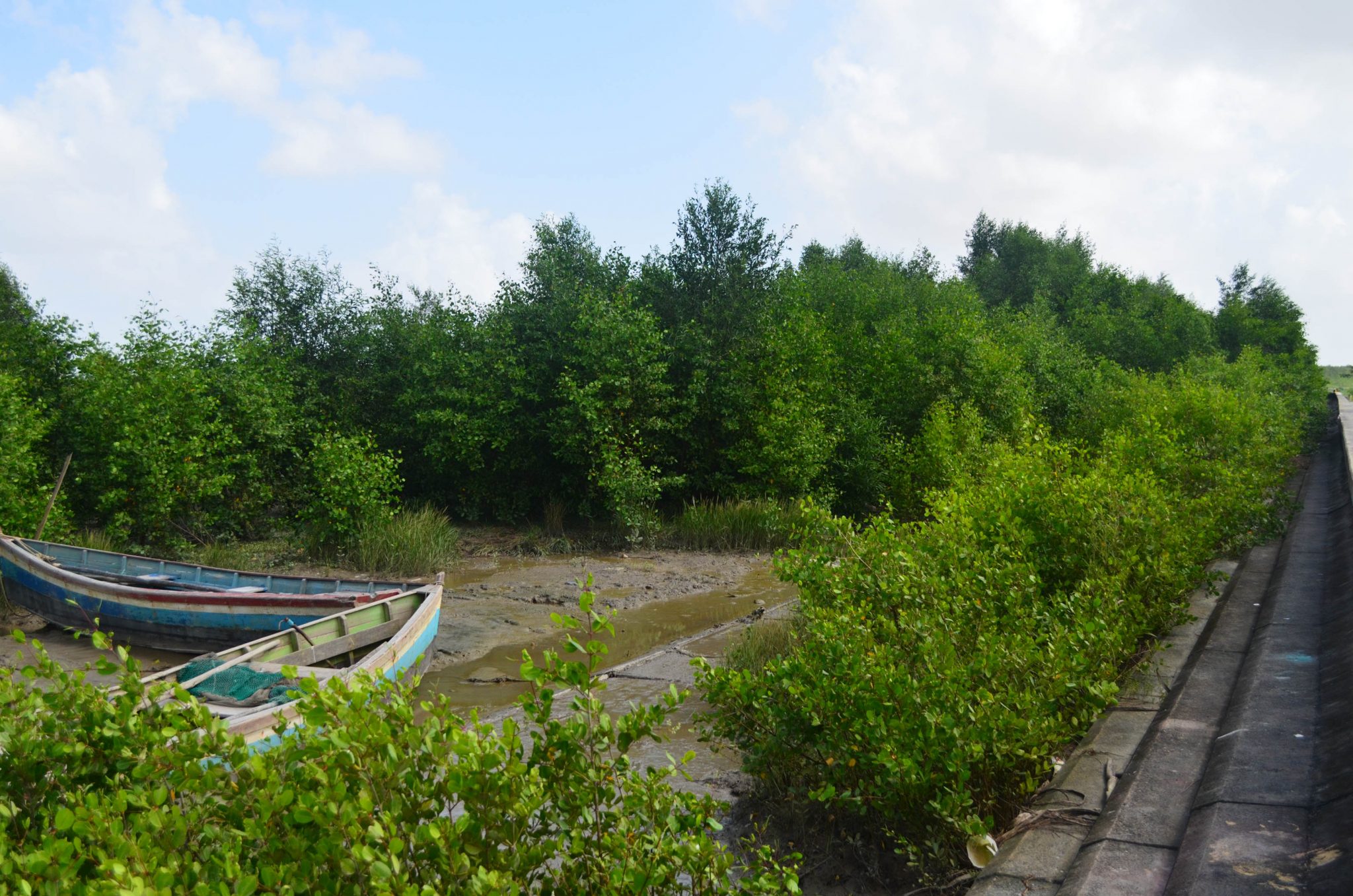
GUYANA – Fishermen who anchor their boats at a channel near Ogle are thankful for the expansive mangroves growing along the East Coast of Demerara saying that it contributes immensely to their lives on a daily basis. While mangroves are better known for their role as natural sea defences, they represent a lot more for fishermen. “They offer us a good night’s sleep,” a fisherman named Norbert (only name given) laughingly said before going on to explain that the mud that comes along with mangroves keep their boats in place and now there are rarely instances of them finding a boat capsized and broken. As a result of this, he said, they usually anchor or tie their boats close to the mangroves. READ MORE Progreso will clean up mangroves and open a third ”Zona Verde”

MEXICO – In order to promote actions in favor of environmental conservation, Mayor Julián Zacarías Curi signed a letter of commitment to become part of the “Preserva Yucatán” initiative, promoted by the real estate company Grupo Libera in coordination with the Mexican Federation of Schools of Biology. According to a press release, the mayor signed the document in a meeting held with Eduardo Triay, president of the board of directors of Grupo Libera; Mario Aguilera, of the civil association of Institutional Relations of the Sustainable Science Center; Jorge Escobar, president of the board of directors; Mabel Aguirre Quinto, deputy director of Ecology of the City Council, and María José Ongay Esquivel, deputy director of Tourism and Commerce. During the meeting among the highlighted commitments of “Preserva Yucatán” for Progreso, the necessary resources were granted to organize and implement a program to clean up protected areas of mangroves and install the third “Green Zone” altogether. READ MORE Global Mangrove Charcoal Market is Set for Lucrative Growth During 2021–2025
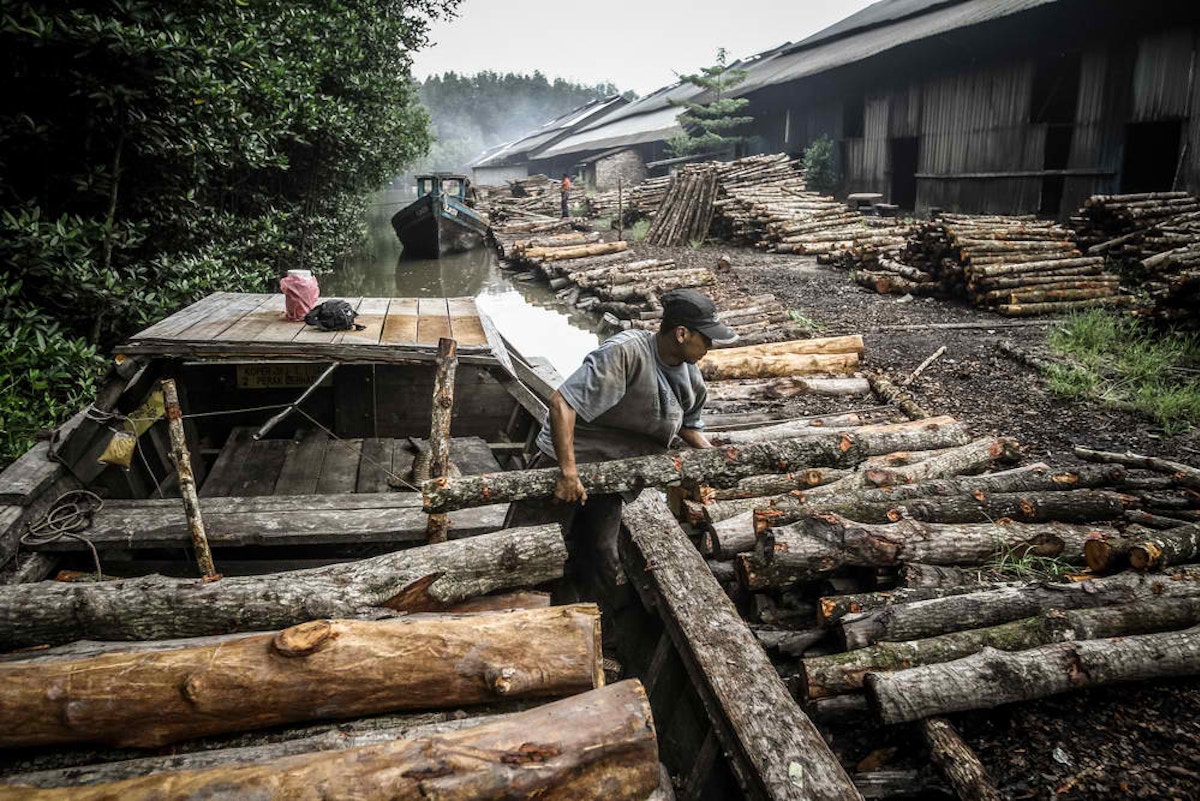
USA – The Mangrove Charcoal Market report makes available the current and forthcoming technical and financial details of the industry. It is one of the most comprehensive and important additions to the Prudent Markets archive of market research studies. It offers detailed research and analysis of key aspects of the global Mangrove Charcoal market. This report explores all the key factors affecting the growth of the global Mangrove Charcoal market, including demand-supply scenario, pricing structure, profit margins, production, and value chain analysis. The report concludes with the profiles of major players in the Mangrove Charcoal market are: Matsuri International, Sagar Charcoal Depot, Viet Delta, Elvatara, Biscaas, Green Gaia Solutions, Hortex Horgerate, CHANH LUAT, Greenlink Biotech, ThangLong Capital. READ MORE ASIA Stingless Bees for Improving Mangrove Biodiversity
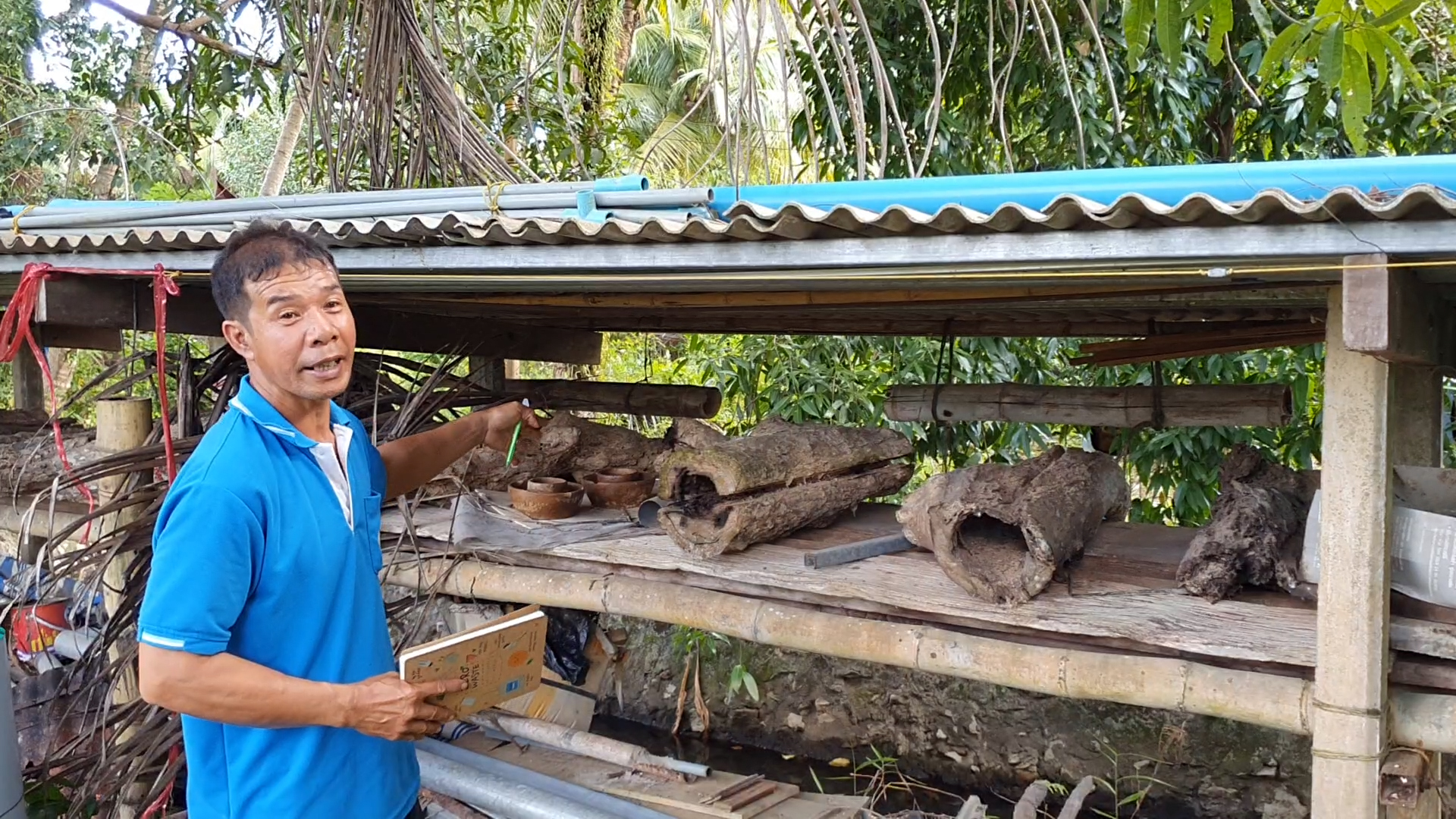
Nai Nang village on the Andaman Coast in southern Thailand have stepped up their mangrove restoration efforts by learning to keep new endemic species of stingless bees. 3 out of the 10 species of stingless bees live within mangrove forests and greatly improves biodiversity through pollination. Mangrove Action Project accompanied Nai Nang to Chanthaburi on a study visit so they could learn about new techniques in stingless beekeeping from experts at the Agricultural Occupation and Development Centre. There were also visits to local beekeeping groups to exchange apiculture and bee box knowledge while the women’s group were taught how to make new honey based related products. The Nai Nang Apiculture Group are excited to start working with the new species of stingless bees and apply their new techniques to improve the health of their bees and produce new products. They will be sharing their newly gained apiculture knowledge as part of their training workshops to other coastal mangrove communities soon. READ MORE Scientists may have found mangrove extract that can cure baldness

THAILAND – hai researchers claim to have found an extract from mangrove trees that can cure baldness. A small study of 50 people suffering with androgenic alopecia — the most common form of baldness — indicates that the extract halts hair loss and also promotes hair growth. The substance, called Avicennia Marin, contains the key chemical Avicequinon-C. This active compound is thought to reverse hair loss by interfering with enzymes which lead to elevated hormone levels that cause baldness. Researchers hope the findings could help people suffering from androgenetic alopecia to reverse their hair loss. READ MORE Beekeeping gives new life to villagers in the Sundarbans
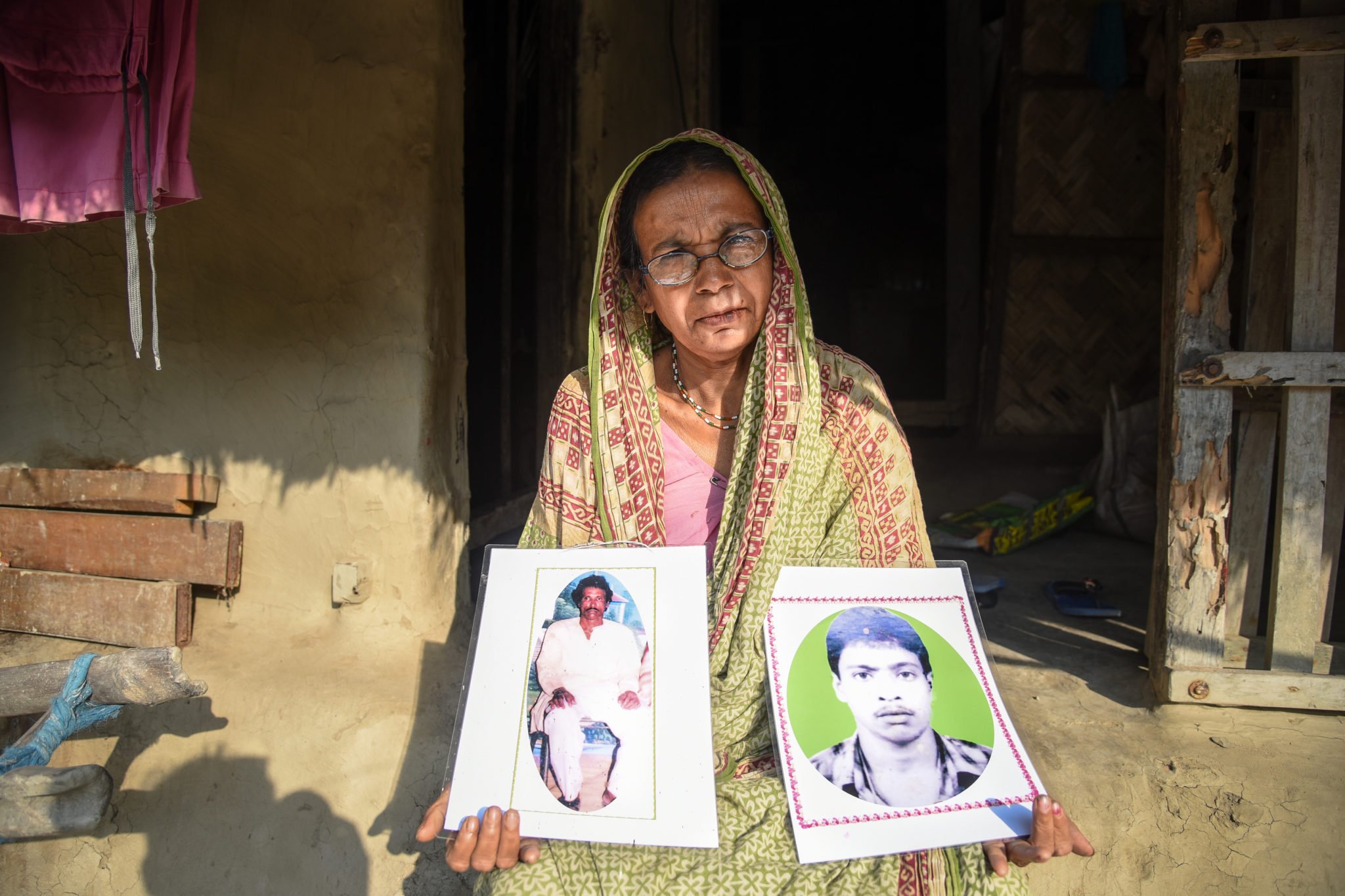
INDIA – Every year, villagers desperate to make a living enter the mangrove forests of the Sundarbans to collect honey or catch fish and crabs. Many are attacked and killed by tigers and crocodiles. However, a project by the West Bengal Forest Department’s Joint Forest Management Committee is trying to bring down the number of human-tiger encounters and strengthen villagers’ livelihoods by training them in beekeeping. It is due to the efforts of this project that, since December 2, when the Centre for Science and Environment released a report on adulterated honey, the phone has not stopped ringing at the Kultali Sundarban Banaraksha Bahumukhi Samabay Samity. The Samity, about 100 kilometres from the West Bengal capital Kolkata, markets honey under the Bonphool brand. It was formed by the Joint Forest Management Committee, and it monitors four village-level co-operatives in a bid to create alternative livelihood opportunities. READ MORE Mangrove planting now mandatory in Pakistan

PHILIPPINES – True to its commitment to help promote environmental protection and sustainability, the Philippine Ports Authority (PPA) has ordered the mandatory planting of trees and mangroves for every contract, accreditation and permits issued by the agency. The order takes effect on the February 2 after the 15-day publication period reckoning from January 19. PPA Administrative Order No. 14-2020, signed by PPA General Manager Jay Daniel Santiago, requires the applicants/grantees of contracts, accreditations and permits, among others, to plant 1,000 seedlings of trees or mangroves in coordination with the local office of the Department of Environment and Natural Resources (DENR) within their respective business locations. The PPA GM said this will be the new norm in the agency in granting contracts in compliance with Republic Act 9729 otherwise known as the Climate Change Act of 2009. READ MORE Mangroves buzzing with insect life and are home to 1,102 species, study shows

SINGAPORE – Mangroves here may boast fewer plant species than other types of forests, but they still buzz with life, new research has indicated. More than 3,000 species of insects have been found in mangrove patches here, with most likely to be new to science or new records for Singapore, said Dr Darren Yeo, a post-doctoral research fellow at the National University of Singapore (NUS).Mangroves here may boast fewer plant species than other types of forests, but they still buzz with life, new research has indicated. “The insect communities in mangroves are very distinct and are likely uniquely adapted to living in this type of environment,” Yeo said. As mangroves have long been considered species-poor for insects due to low plant diversity, the latest findings were significant. READ MORE ‘Shield the Mangrove’: The effects of mangrove deforestation in Sindh’s coastal regions
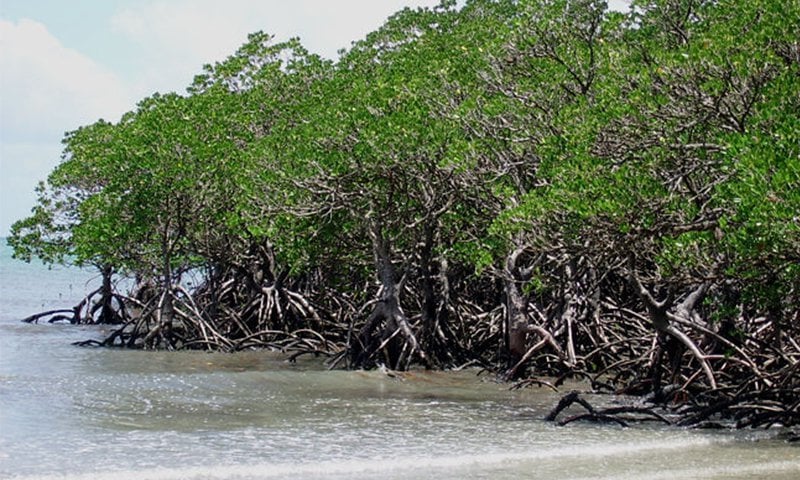
PAKISTAN – The Mangrove swamps of Sindh’s coastal zone are extensive, covering ~600,000 hectares, 95% of the total mangrove population of the country. Today, as per estimates, mangroves are on continuous decline as deforestation takes place at an alarming rate and reforestation does not, at the same level. Approximately less than 6% of Pakistan’s land is covered by forest and less than 3% of that is mangroves. This means that less than 0.002% of Pakistan’s land is covered by mangroves. Pakistan’s climate is ideal for mangroves, as they thrive in warm climates, however Pakistan does not enjoy the same benefits a mangrove dense country such as Brazil or Indonesia do. The forests have remained ignored and their potential has been largely neglected in Pakistan. Due to urbanization and industrialization, the growth of Mangrove shrubs has also been affected. What’s worse is that people living along coastal areas are not aware of the benefits of mangroves to their own livelihood, especially the fishermen, and the fish market as a whole. READ MORE Metro Pacific group opens mangrove center in Cebu town

PHILIPPINES – The Metro Pacific group and the local government of Cordova have inaugurated the Mangrove Propagation and Information Center in Barangay Day-as of this coastal town. This is the first mangrove center of its kind in the Visayas region and the third in the whole country, which is seen to help further boost the town’s booming ecotourism flourish. Cordova is a third-class municipality that borders Lapu-Lapu City in the south of Mactan Island. Metro Pacific Investments Foundation (MPIF), the corporate social responsibility arm of Metro Pacific Investments Corp. (MPIC), the Cebu-Cordova Link Expressway Corp. (CCLEC) and the local government here led the opening of the facility recently. The two-story facility will serve as the center for the protection and propagation of mangrove trees in the coastal areas, including the rehabilitation of degraded mangroves in the whole town of Cordova. READ MORE Maharashtra government notifies 1,977-ha mangroves in Thane, Raigad as forest

INDIA – The Maharashtra government has notified more than 1,977 hectare (ha) of mangrove area in Thane and Raigad districts as reserved forest, to be handed over the forest department for conservation under the section 20 of the Indian Forest Act (IFA), 1927. In a gazette notification issued on January 20, the state revenue and forest department announced that 1,458ha of mangrove area across 14 villages in Thane district, including Vashi, Nerul and Ghansoli is to be handed over to the forest department. Additionally, almost 519ha have been notified in Pen and Roha talukas of Raigad district, according to the gazette notification reviewed by HT. “These are lands that were already with the mangrove cell. They were already notified as reserved forest under section 4 of the IFA. Due process was followed to check for any claims on the land by the district administration. This is the final notification that there are no claims on these lands and they are reserved forests, soon to be handed over to the forest department,” said Virendra Tiwari, additional principal chief conservator of forests (mangrove cell) and an ex-officio executive director of the state mangrove foundation. READ MORE Like this newsletter?
Pease consider donating to MAP to keep it going.
Giving could never be easier  | URGENT ACTION
Lawsuit Against Genetically Engineered Tree Solidarity Group – SIGN PETITION 2021
CHILDREN’S ART CALENDAR BUY YOURS!
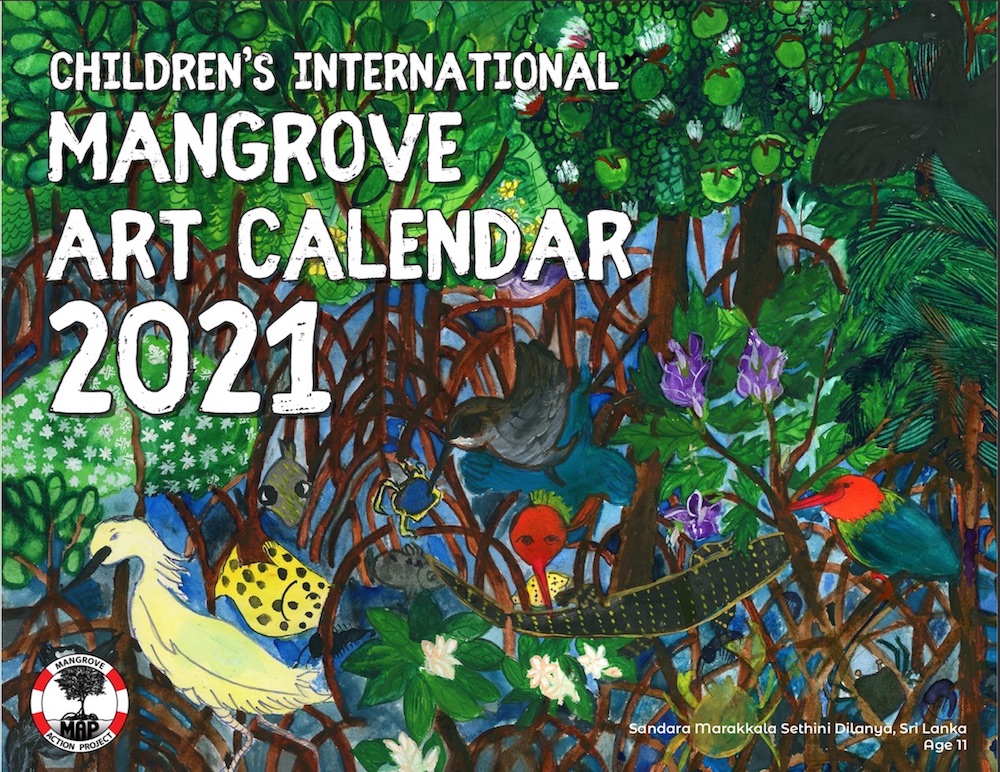
ACTION ALERTS Tell the Japan International Cooperation Agency not to fund polluting coal – TAKE ACTION Stop the destruction of Can Gio Mangrove Biosphere Reserve
SIGN PETITION (Scroll down in linked page for English version) Please SIGN: keep plantations out of orangutan habitat!
TAKE ACTIONUnilever: stop destroying mangroves for convenience food! SIGN OUR PETITION
Stop plundering the oceans for industrial aquaculture! SIGN THE PETITION
Like this newsletter? Pease consider donating to MAP to keep it going. Giving could never be easier
Please see our newest video: “Restoring The Natural Mangrove Forest”
WATCH VIDEO 
Restoring The Natural Mangrove Forest
Watch movie 
Community Based Ecological Mangrove Restoration in Rufiji Delta VIEW VIDEO Video: Mangroves for the Future – A look bacK. As the latest phase of Mangroves for the Future (MFF) draws to a close, this video highlights some of the project’s most successful initiatives – from local women supporting national park management in Viet Nam to an island in the Maldives that has become a model for waste management, and everything in between. View Here WANT TO GET INVOLVED?
Follow and Join MAP!    
Like this newsletter? Pease consider donating to MAP to keep it going. Giving could never be easier 

Singing for the Sundarbans WATCH HERE Entrevista con Monica Quarto del Mangrove Action Project (Spanish language) Oye Aqui
VOLUNTEER OPPORTUNITY 
MANGROVE ISSUES Want to learn more about mangroves?
Our short presentation will give you a better understanding of the issues we are working to solve. WATCH PRESENTATION What is CBEMR? Download MAP’s 2 page CBEMR Information Sheet containing links to all MAP’s CBEMR resources – CLICK HERE
View MAP’s uploaded Videos at
MAP Video Gallery Question Your Shrimp Consumer/Markets Campaign!
WATCH VIDEO Mangroves: Guidebook to Malaysia – Click Here SHARE MAP’S VISION
CLICK HERE to watch short introductory video. Together we can work “at the roots of the sea”. Our short documentary, Reducing the Risk of Disaster through Nature-Based Solutions : Mangroves

Marvellous Mangroves Curriculum The Marvellous Mangroves Curriculum begins with a simple philosophy – getting future generations to not only learn about, but understand the importance of mangrove forests. VISIT 
The award-winning Marvellous Mangroves (MM) curriculum educates children on the importance of mangroves and their ecological functions, teaching them about modern challenges and mechanisms for sustainability. VIEW VIDEO Marvellous Mangroves Curriculum in Bangladesh – WATCH VIDEO
MARVELLOUS MANGROVES IN BRAZIL
En Portuges 
Marvellous Mangroves – A Curriculum-Based Teachers Guide.
Like this newsletter? Pease consider donating to MAP to keep it going. Giving could never be easier 
“Question Your Shrimp” Campaign Question Your Shrimp – is it really sustainable? Sign the Petition
Note to Our Readers: We strive to keep active links in our newsletter. However, due to circumstances beyond our control, occasionally links to stories may become broken. If you find a link to a story is not functioning, please cut and paste the headline into your browser search bar. In most cases you should be able to locate the original story.
Not yet a MAP News subscriber?
Click here to subscribe. 
|





























